5 Ways Green Living and Real Food are Connected
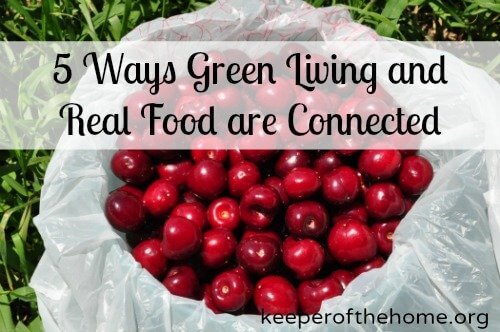
By Emily McClements, Contributing Writer
Are you working to ditch processed foods and put more real food on the table? We’re running a series called Real Food Made Simple: A Beginner’s Guide to Eating Better. Our goal is to answer the questions you might have and make the transition a whole lot easier!
We all have different paths we are taking toward natural and healthy living. Some of you started with making the change toward real food and are now moving on to other areas of green living. Some of us, myself included, started our journeys with a shift toward green and conscious living, and now we’re taking steps to switch our family’s diet over to real food.
For our family, our journey toward real food began before I even really knew what real food meant. I first began to cook from scratch at home, using bulk ingredients, because I was trying to reduce our food packaging waste and avoid ingredients that I knew weren’t good for us.
I believe the issues surrounding sustainability and protecting the planet are just as important as the health considerations when it comes to our food choices. Sourcing produce locally, in season, and grown without the use of pesticides is more important to me than buying certified organic produce shipped from halfway around the world.
As we learn more about where our food comes from, and how it is produced, we see how the types of food we eat have a huge impact on the environment.
5 Ways Green Living and Real Food are Connected
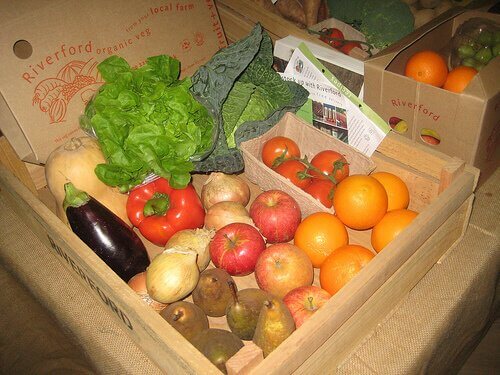
Image by Andy Roberts
1. Local
Sourcing our food locally has several advantages for our health and for the environment. We are supporting small farmers as well as our local economy. We are getting food that is fresh and seasonal because it doesn’t have to be shipped across the country, or world, to get to us. We may be able to find food that is grown using organic methods and is more affordable than the certified organic options.
Shop your farmer’s market or join a CSA, but also look beyond just produce. Try to find local sources to buy your meat and dairy directly from the farm.
2. Homemade
When our family began the switch to real food we started by making more and more of our food at home, from scratch. Homemade food allows us to control the ingredients and the method of preparation, as well as save money by using ingredients purchased in bulk. It also reduces the amount of energy and waste created by the production and packaging of processed foods.
It’s easy to get started with cooking real food at home by filling your pantry with basic ingredients and beginning to make staples that you used to buy at the store.
Image by krossbow
3. Pastured
When finding real food sources of meat, eggs, and dairy, we look for animals that were raised free range, outdoors on pasture. Pastured animal products are healthier and more nutrient-dense, and they are better for the environment, too. The manure waste of large factory farms is a major environmental concern; it becomes a pollutant because it’s full of pesticides, hormones, antibiotics and chemicals and can’t be used as fertilizer as nature intended.
Animals raised on CAFOs require steady doses of antibiotics to keep them from getting sick. Those antibiotics are passed into the food, which then get into our bodies and the environment and lead to more antibiotic-resistant super-bugs.
Choosing grass-fed, pastured meat, dairy and eggs keeps these pollutants and antibiotics out of our environmental system and provides healthier food for our families.
4. Organic
Every time we chose organic food over conventional we are voting with our dollars and telling the food industry that we don’t want our food full of GMOs, pesticides, herbicides, fertilizers, antibiotics, hormones, and whatever other chemicals they’re dousing our food with. Buying organic products over conventional whenever you can, based on availability and affordability, contributes to keeping all of those things out of our bodies, out of our food system, and, therefore, out of our world.
And while buying organic is important, you also need to be aware of where the organic food is coming from. It’s not the best choice to buy produce grown in South America during the winter months, even if it is organic. If you can, wait until it is in season locally. This is also another great reason to put up as much food as you can when it’s abundant and in season, so that you can use it throughout the year and not have to rely on produce grown in other countries.
5. Fair Trade
Making the choice to purchase fair-trade products like chocolate, coffee and sugar means that we know that they were produced in a sustainable manner and that the people producing them were treated fairly and paid fairly. Because these products are often ones that heavily exploit both people and the planet, buying fair-trade is an important way to be sure our food choices are not causing harm to our neighbors around the world, or the world itself.
If you are on the path toward green and sustainable living and are relatively new to real food, you will find that choosing real food over conventional is the best choice both for the health of your family and the health of the environment.
Other posts in the series:
Real Food Made Simple: A Beginner’s Guide to Eating Better
Cutting Your Kitchen Prep Time in Half — Or More!
Confessions of a Formerly Picky Eater
The Grain Controversy: Should We Eat Them or Not?
Second Steps Towards Eating Real Foods: Switching Your Food Sources
Sweeteners: How They Affect You, Which Ones are Best, and How to Use Them
Simple Steps to Begin Cooking Homemade: Pantry Staples
5 Strategies to Help Your Husband and Kids Transition to Real Food
Finding Real Food in the Grocery Store
20 Easy Real Food Switches and Substitutions {with Free Printable Chart}
First Steps to Eating for Fertility
Keeping Costs Down in a Real Food Kitchen
5 Ways to Get More Fruits & Veggies into your Diet
Food Is Not Cheap: 4 Steps to Budgeting in Real Food
Simple Steps to Begin Cooking Homemade: Baked Goods
Simple Roast Chicken (And Fabulous Side Dish Recipes!)
17 Homemade Spice Mixes {with Recipes & Why You Should Use Them!}
Simple Steps to Begin Cooking Homemade: Soups, Sauces, and Simple Dinners

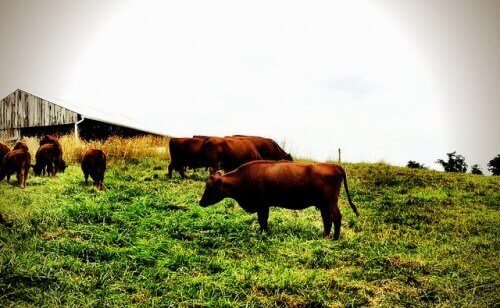
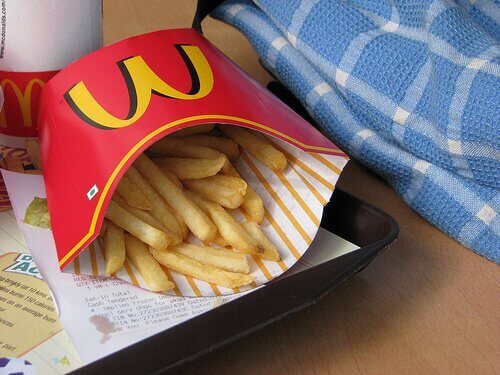
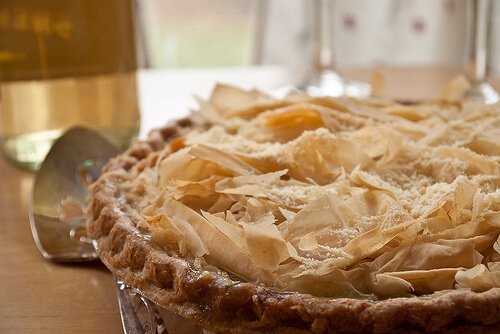
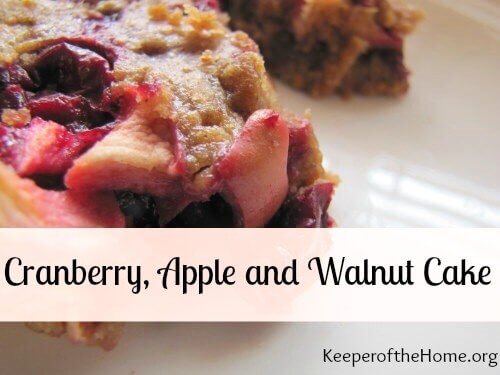

Great post! For me, avoiding pesticides, GMOS, and antibiotics is a main way real food and green living are connected. I would love to buy more fair trade products, but so far finding coffee that is organic, fair trade, and not a budget-breaker has been a challenge! If I could get my hands on some soy-free chocolate that’s also fair trade, that would be great too :).
Jenn, you might appreciate my brother’s strategy for affordable organic chocolate. Most health-food stores carry fair-trade organic cocoa powder, which should not have soy in it; if you can’t find any in your area, cocoa powder probably is more affordable to buy online than cocoa processed into candy bars.